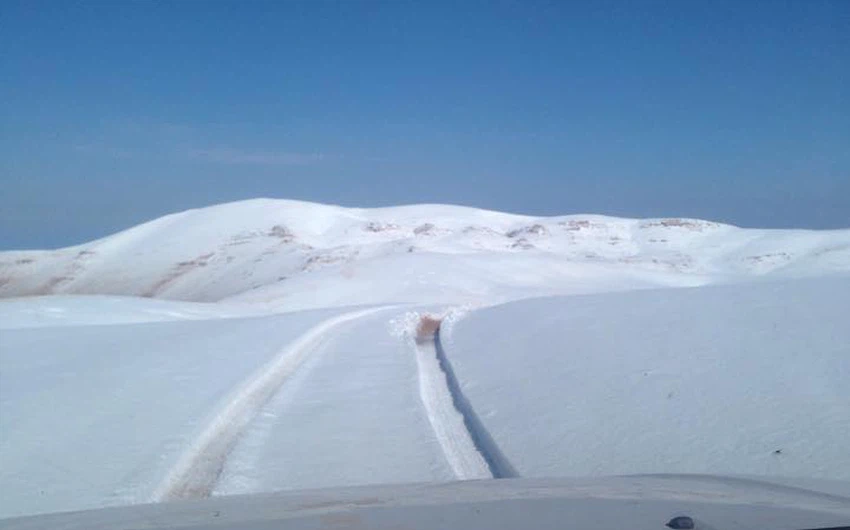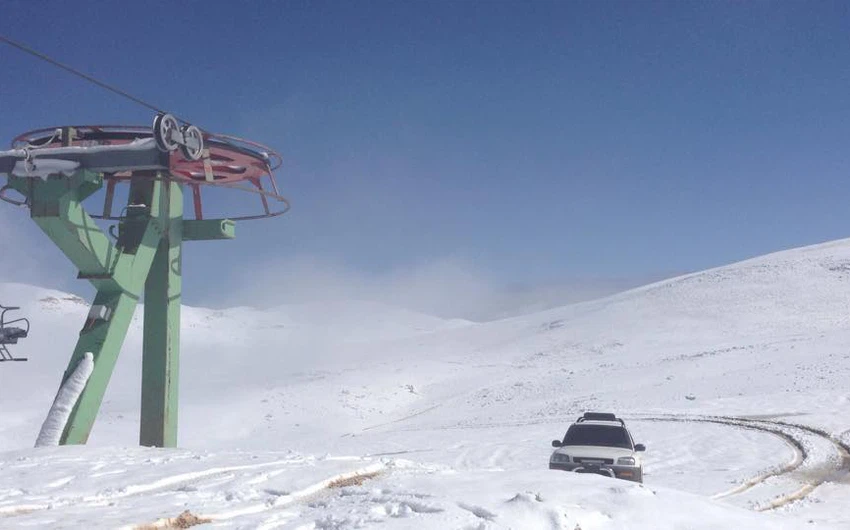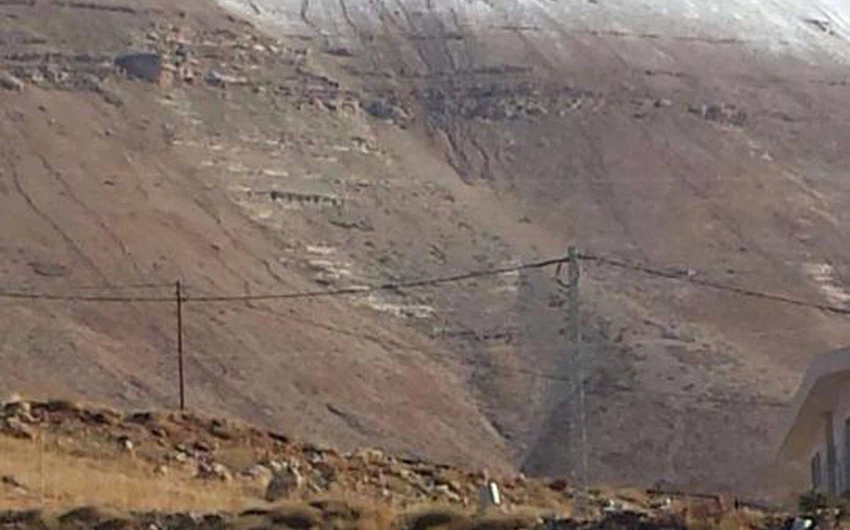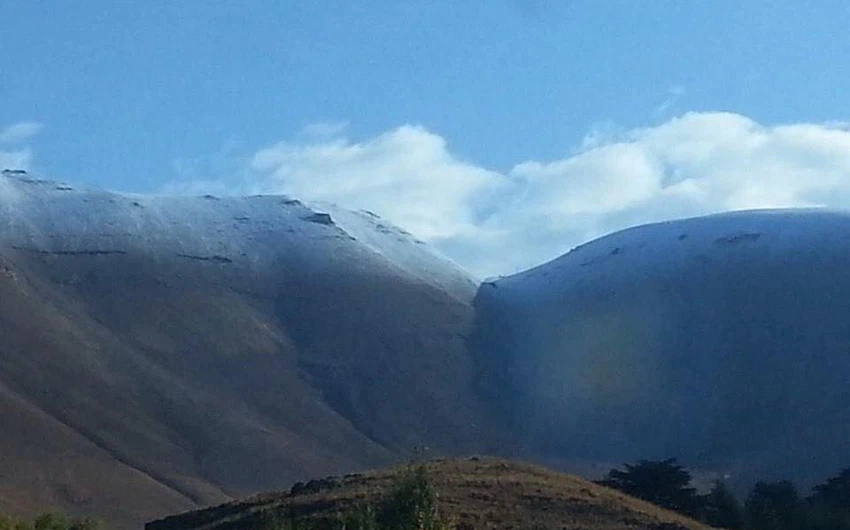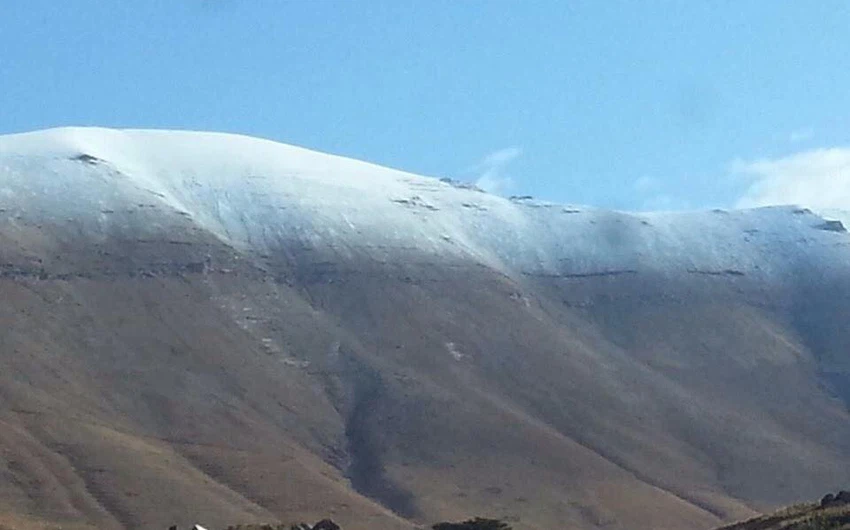صور الثلوج من على قمّة جبل المكمل في لبنان صباح الخميس
موقع ArabiaWeather.com- هذه ليست صوراً من ثلوج العام الماضي، بل هي صور التقطت صباح الخميس 2-10-2014 من الطريق المؤدي إلى قمّة جبل المُكمّل في لبنان، حيثُ تراكمت الثلوج بشكل مُلفت ومُبكر جداً على المناطق التي يزيد ارتفاعها عن 2800 متر بحسب تقارير محليّة.
تراكم الثلوج بلغ في بعض مناطق الجبل 12 سنتيمتراً، علماً بأن ارتفاع أعلى نُقطة في هذا المكان عن سطح البحر هو 3088 متراً وتحديداً في قمّة القرنة السوداء.
وكانت الأراضي اللبنانية قد تعرضت منذ عصر الأربعاء لحالة قوية من عدم الاستقرار الجوي تسببت " وكما توقع مركز طقس العرب الاقليمي" في هطول غزير للأمطار على أجزاء متفرقة من لبنان وقد كان لشمال وشرق لبنان الحظ الأوفر .
الصور أعلاه تأتينا تباعاً من صفحة Lebanon Weather Forecast على موقع الفيسبوك.
Arabia Weather App
Download the app to receive weather notifications and more..
